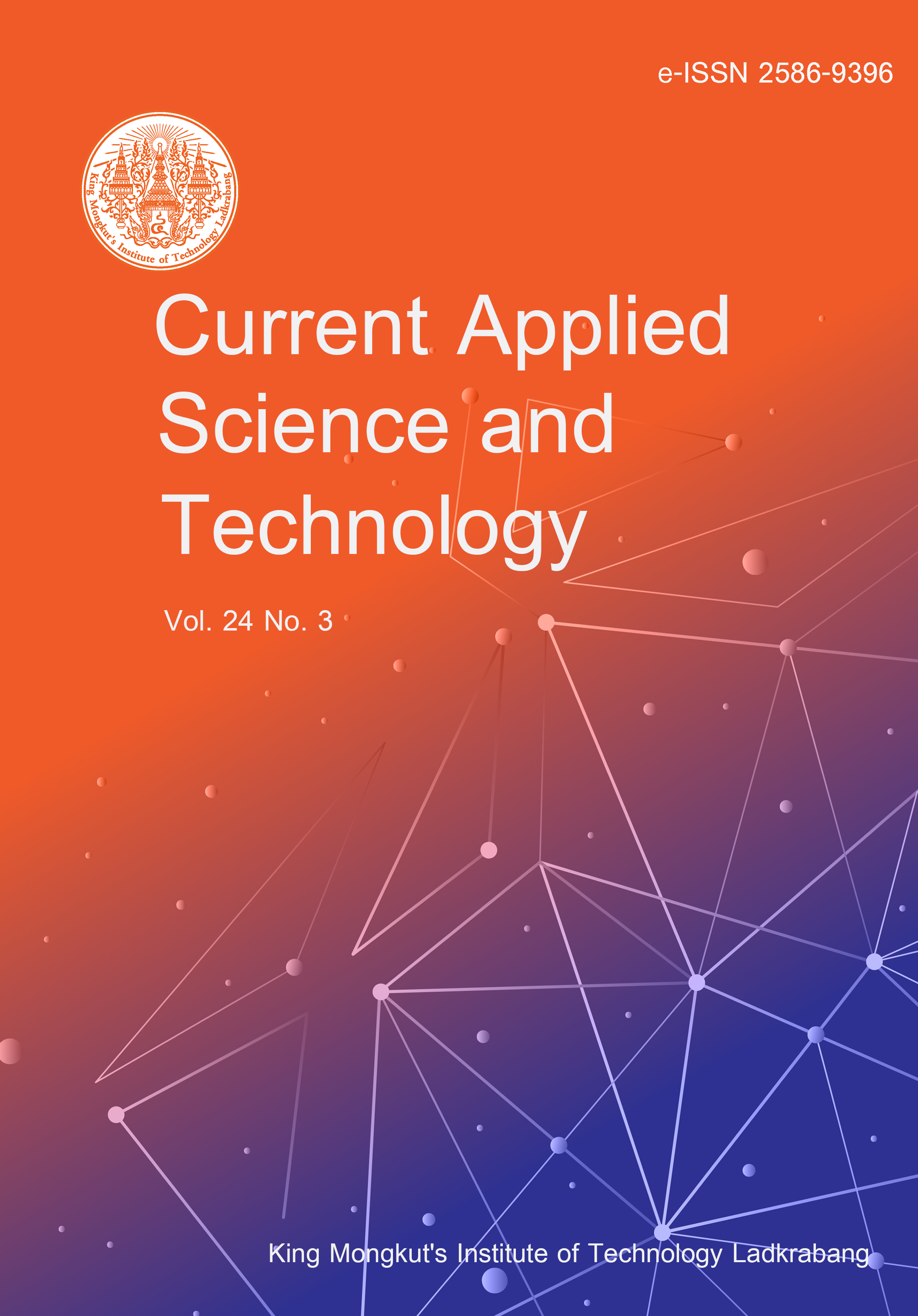Aqueous organic redox flow batteries (AORFBs) are a type of flow battery that offers a promising solution for energy storage, and one of the main issues is selecting low-cost membranes with high ion conductivity to enhance performance and efficiency. In this study, low-cost sulfonated poly ether ether ketone (SPEEK) membranes were fabricated using the casting method, with the polymer/solvent ratios of SPEEK and N,N'-dimethylformamide (DMF) being varied. The Nafion 117 membrane was used as a benchmark for comparison. The performance of aqueous organic redox flow batteries employing anthraquinone-2-sulfonic acid (AQS) and 1,2-benzoquinone-3,5-disulfonic acid (BQDS) as electrolytes was evaluated. The SPEEK membranes were determined to have dense, homogeneous surfaces with no flaws and a thickness of 60 microns. In addition, their physicochemical properties, such as water uptake, swelling ratio, ion exchange capacity, and degree of sulfonation, were investigated. The results showed that the SPEEK membranes had better rate performance and cycle stability when compared to the Nafion117 membrane during charge-discharge cycles. Additionally, the SPEEK membranes exhibited slower potential drops and higher power density during constant current mode operation, despite showing no significant differences in energy efficiency and power density. These findings demonstrate the potential of SPEEK membranes for use in AORFBs and as a benchmark for future research and development.
Dumkrang, S. ., Li, K. ., Intakhuen, L. ., Punyawudho, K. ., & Koonaphapdeelert, S. . (2024). Development of Aqueous Organic Flow Battery Using SPEEK Membrane and Eco-Friendly Electrolytes. CURRENT APPLIED SCIENCE AND TECHNOLOGY, e0258288. https://doi.org/10.55003/cast.2024.258288


https://cast.kmitl.ac.th/doi/10.55003/cast.2024.258288